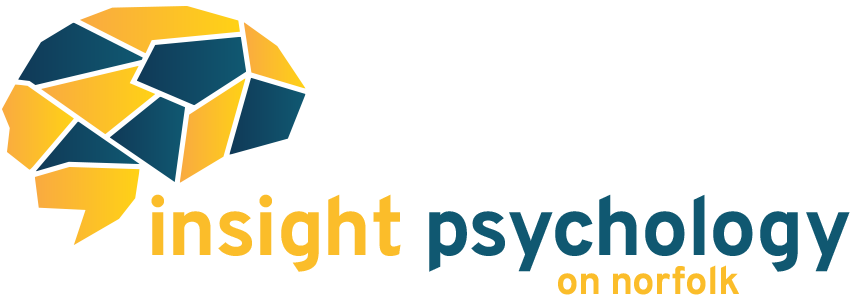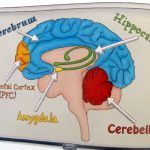How to be Trauma Informed
There is growing recognition that, if you interact with people, it is helpful to be trauma informed. Being trauma informed could be helpful in many of our daily interactions with others. This means keeping in mind that many of us have experienced some kind of trauma, trying to understand how this can affect daily experience, and building compassion for how trauma affects others and ourselves.
If someone is expressing negative behaviour, there is probably a reason for it. For many people, that reason is a dysregulated stress response system they developed because of trauma: Something consciously or unconsciously triggers old experiences of fear or loss, and their fight/flight/freeze system kicks in. These (often invisible) triggers can lead to aggression, shutting down, or other socially undesirable behaviours.
Resources
Here are three books that can help you become more trauma informed.
“The Deepest Well” by Dr. Nadine Burke-Harris.
This is a book for the community builder and advocate. Dr. Burke-Harris is a passionate advocate for research that translates into prevention and treatment of childhood trauma. If you’re looking for inspiration to take action in your community – then this is a good place to start. She noticed in her medical practice that Attention Deficit Hyperactivity Disorder symptoms, and a host of other physiological symptoms (like stunted growth) were common in the community. Instead of immediately treating symptoms with medication, she investigated the cause of the symptoms: What was poisoning the well? She illustrates her arguments with research and personal stories, and takes the reader on a journey of how she transformed her community to help vulnerable children on a micro and macro level. There was not much content devoted to how to heal from pre-existing trauma; however, she gave a summary prescription that I refer to often. Her prescription is: mindfulness, healthy relationships, mental health care, healthy food, restful sleep, and exercise.
“The Body Keeps the Score: Brain, Mind, and Body in the Healing of Trauma” by Dr. Bessel van der Kolk.
This is a book for the clinician. This has become my handbook for identification and treatment of trauma, broadly and compassionately defined. Dr. Bessel van der Kolk deeply explores how trauma affects the mind/body, taking an integrative perspective on health and healing. He describes several trauma treatments, including those that are well established in the literature, as well as cutting-edge ideas for how to integrate and work through trauma in creative, personalized, client-centered ways. He works hard to address the social, emotional, cognitive, and physical aspects of trauma. At times some of the descriptions of trauma felt particularly graphic, and I found it healthy to take an occasional pause from the book. However, this has become an incredibly valuable resource for my clinical practice that I am sure I will return to often.
“When the Body Says No: The Cost of Hidden Stress” by Dr. Gabor Maté.
This is the book for the human being. I have a special place in my heart for Dr. Gabor Maté. His words radiate compassion, as he gives an unflinching voice to the stories of the marginalized. He makes the science behind stress and trauma accessible to the lay reader, illustrated with stories that are heart wrenchingly relatable. His conceptualization of trauma is broad and inclusive, giving deep thought to layers of psychological effects that play out differently in different people. He recognizes that we all have pain, and cope with it in the best ways we can with the resources we have at the time. He ingeniously connects individual trauma, to family systems, and to societal trends. He is honest about the effects of intergenerational trauma, without a hint of blame, and striking warmth and understanding for the human experience. At times I wondered if too much credence was given to anecdotal evidence; however, I found his clinical insights gained over years of experience to be illustrative, and he typically cited research to bolster his observations. The last section especially gives hope for self-healing and posttraumatic growth.
Instead of judging or punishing difficult behaviours (which can lead to re-traumatization) leading with compassion for a private history can help defuse a situation. Embody calm, try to understand without being intrusive, and offer ways to regulate instead of escalate. This can be as simple as validating someone’s perspective or giving a kind look to someone who is struggling.
These resources illustrate the pervasiveness of trauma. The authors remind us to be more compassionate towards others and ourselves with invisible histories that affect behaviour. We all have had difficult experiences, and these readings bring home the importance of working to heal our own traumas as an important first step and perhaps life-long journey. The more we heal ourselves, the more we can be empathic and kind to others.
This post was written by Elyse Redden a Ph.D. student at University of Guelph and clinician at Insight Psychology on Norfolk, supervised by Dr. Paula Cerveny.



